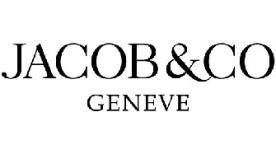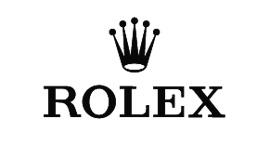During the Covid crisis, the future of brick-and-mortar luxury boutiques seemed to be under threat from the inexorable rise of online shopping. Traditional purchasing habits looked to be on their way out, doomed to a rapid decline. However, two years later, these predictions have been proven to be totally wrong. Boutiques have redefined themselves as the essential hubs of “customer experience,” now a cornerstone of watch sales. At a recent forum organised by the Fondation de la Haute Horlogerie, Clara de Pirey, director of the NellyRody consultancy’s luxury division, emphasised, “Boutiques will remain central to the future of luxury.” Many experts would agree with her. Matthias Fuchs, assistant professor of marketing at the Lausanne Hotel School, notes that for Gen Z – a growing target market for the industry – visiting stores offers a welcome escape from their predominantly digital existence.

The Deloitte Swiss Watch Industry Study 2023, released this autumn, underscores that while online information is vital for initial engagement, it cannot replace the personal connection that brands continue to emphasise as a vital part of the customer experience. As a result, retail sales networks in the watch sector are thriving, and brand boutiques are at the forefront. Deloitte’s report shows a spike in single-brand boutique openings, including Chopard, H. Moser & Cie, IWC in Shanghai and Jacob & Co in New York. Breitling, too, has opened over twenty new stores since 2021. Swatch Group’s own retail network grew by 20% in the first half of 2023, and now represents 40% of their revenue from watches and jewellery.

Expanding in all directions
It’s not only watch brands that are expanding. Retail networks and multi-brand sales points are also experiencing intense upheaval, marked by a series of mergers and acquisitions. Last August, Rolex dropped the bombshell that it was buying Bucherer and its 100 points of sale. Not long after, Watchbox, founded in 2017 and now a leader in the second-hand watch market, announced it would be part of a merger with American retailers Govberg, Hyde Park Jewelers and Radcliffe Jewelers. The companies are now part of a new entity called The 1916 Company, which will manage around 20 boutiques and “lounges” in the United States and worldwide. The signs are clear: even for internet-native retailers, a physical presence is now deemed essential. Watchfinder, another major online retailer of pre-owned watches, has followed the same route after being bought by Richemont in 2018, opening a series of private boutiques and lounges in France, Italy, Switzerland, Germany, Hong Kong, the United States and the UK.

There’s a growing convergence: of online and offline activities, as well as new and pre-owned markets. For instance, Sotheby’s, the famous auction house, recently partnered with Bucherer to open a collectors’ lounge inside the Bucherer boutique on Zurich’s Bahnhofstrasse. The same story is being told by Watches of Switzerland, a major international retailer with 211 sales points, including 97 mono-brand boutiques operated in partnership with Audemars Piguet, Omega, Rolex and TAG Heuer, among others. The group’s Q2 2023 report mentions the opening of six new mono-brand stores in the US and the acquisition of British retailer Ernest Jones’s 19 sales points. As a publicly-listed company with a considerable footprint, Watches of Switzerland is often seen as an industry barometer. Through these quarterly reports, CEO Brian Duffy offers a clear prediction for the coming years. In the case of Watches of Switzerland specifically, that means doubling its revenue to over 3 billion pounds by 2028, through expanding the pre-owned market, opening new boutiques, and pursuing further mergers and acquisitions.















